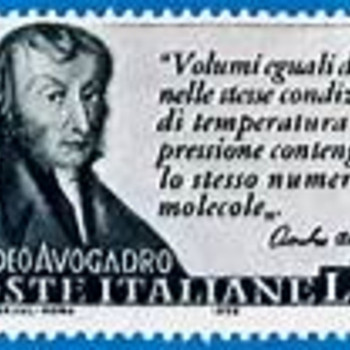Given the equation: CuCl2 + 2 NaNO3--> 2 Cu(NO3)2 + 2 NaCl, what is the limiting reagent if 15g of CuCl2 react with 20g of NaNO3?
3 Answers
Explanation:
Moles of sodium nitrate,
moles of cupric chloride,
How many moles of each reactant? Which is the reagent in excess given the stoichiometry?
Explanation:
If this is a double replacement reaction or salt metathesis, then I have taken the liberty of including the symbol representing an aqueous solution,
In order for a double replacement reaction to occur, one of the products must be a solid precipitate (a salt), an insoluble gas, or water. Since all species are in aqueous solution, none of these products occur, which means there is no reaction. The result is an aqueous solution containing
The equation should be written as
The
Explanation:
If you just want practice on finding the limiting reagent, I'll leave out the aqueous symbols.
Balanced Equation
In order to determine limiting reagent, you must include one of the products. I'm going to choose
First determine the molar masses of both reagents and sodium chloride.
Molar Masses
For each reagent, divide the given mass by its molar mass. Then multiply times the mol ratio between NaCl and the reagent from the balanced equation. Then multiply times the molar mass of NaCl. The reagent that produces the least NaCl is the limiting reagent.
The
For further information, go to this website:
https://www.chem.tamu.edu/class/majors/tutorialnotefiles/limiting.htm


